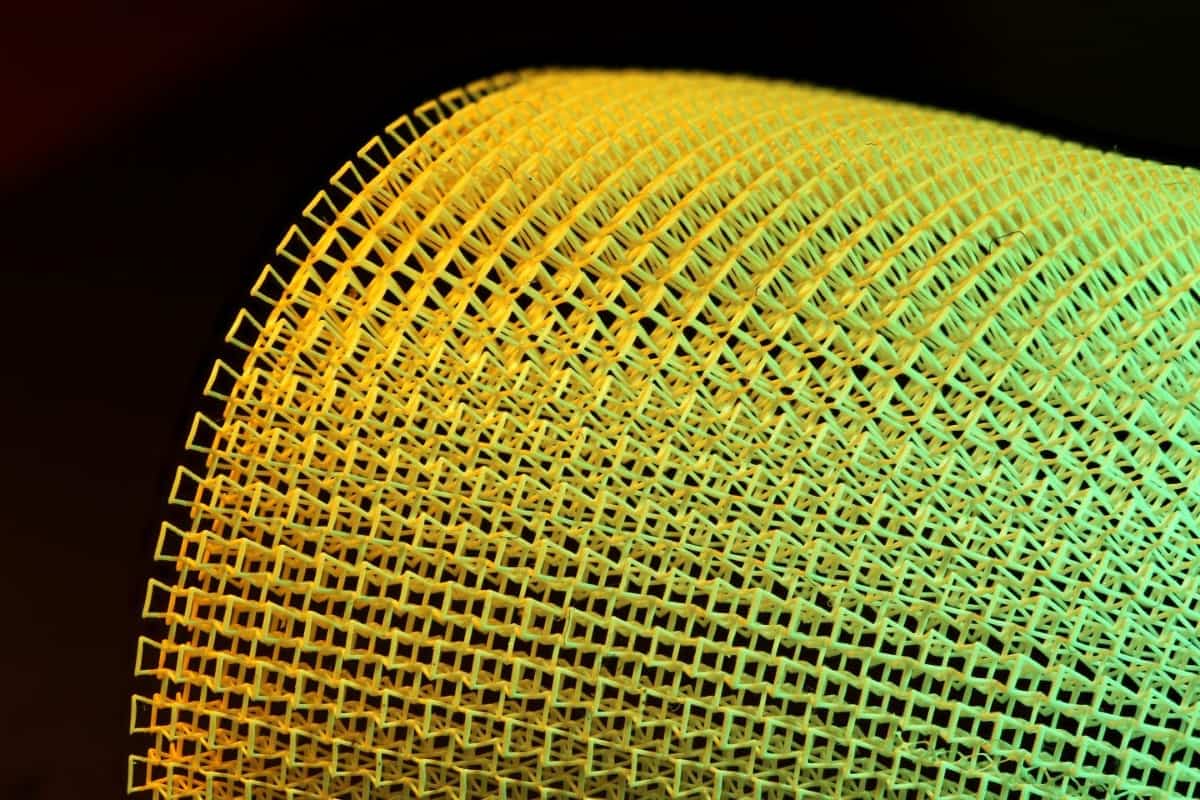

The " matr piez " line, however, must be altered to reflect this: matr OnScale also accepts the dielectric properties in the form of the constant strain matrix. By default, OnScale accepts the piezoelectric stress constants, e.g.: matr The z1 component is a negative number for most piezoelectric materials. Piezoelectric properties are therefore usually provided as three numbers, e.g., for : OnScale does not accept or parameters.Ĭomponents of, and matrices: The most common form for the matrix are and. The values are entered for each material in the " matr" primary command with the "piez" subcommand. Most piezoelectric matrices have 5 constants with non-zero values, of which 3 are independent values. Not all 18 constants, however, have non-zero values and some constants are identical. These constants populate the 3-by-6 piezoelectric matrix.

S strain, 6 components (xx, yy, zz, xy, yz, xz) T stress (N/m 2), 6 components (xx, yy, zz, xy, yz, xz) Piezoelectric current constants units V/mĮ, electric field (V/m) - 3 components (x, y, z)ĭ electrical displacement (C/m 2), 3 components (x, y, z) Piezoelectric voltage constants units Vm/N or m2/C Piezoelectric strain constants units C/N or m/VĮ, constant electric field - short circuit S, constant strain - mechanically clamped Piezoelectric stress constants units C/m 2 Piezoelectric material properties (mostly used in OnScale): It is equal to the strain produced by a unit electric field and expressed in units m/v or C/N. The second is the piezoelectric strain constant (dij). The first is the piezoelectric stress constant (eij), which is the charge produced per unit stress, expressed in units C/m 2. Two common constants define the piezoelectric behaviour of a material under open-circuit (OC) conditions. The numbers are often used in subscripts of material constants, in the form xij, where "x" is the constant value, "i" the response, and "j" the applied stimulus. The directions 4, 5, and 6 refer to rotations about the 1, 2, and 3 axes, respectively. It is then possible to transpose the matrices to another direction using matr axis.Ī piezoelectric material is typically, although not always, electroded along the planes perpendicular to the upper and lower ends of the 3 axis. In OnScale, we default to a Z poling direction, therefore all material properties are entered as if poled in this direction. 1 of this article, for example, 3 is the axis of poling (z or thickness), and 1 and 2 (x and y, or width) are the axes perpendicular to the 3 axis. It is therefore important to have a form of notation that distinguishes clearly which axis is being referred to in any statement regarding a piezoelectric material. Piezoelectric materials are anisotropic that is, they do not have the same properties in all axes.


 0 kommentar(er)
0 kommentar(er)
